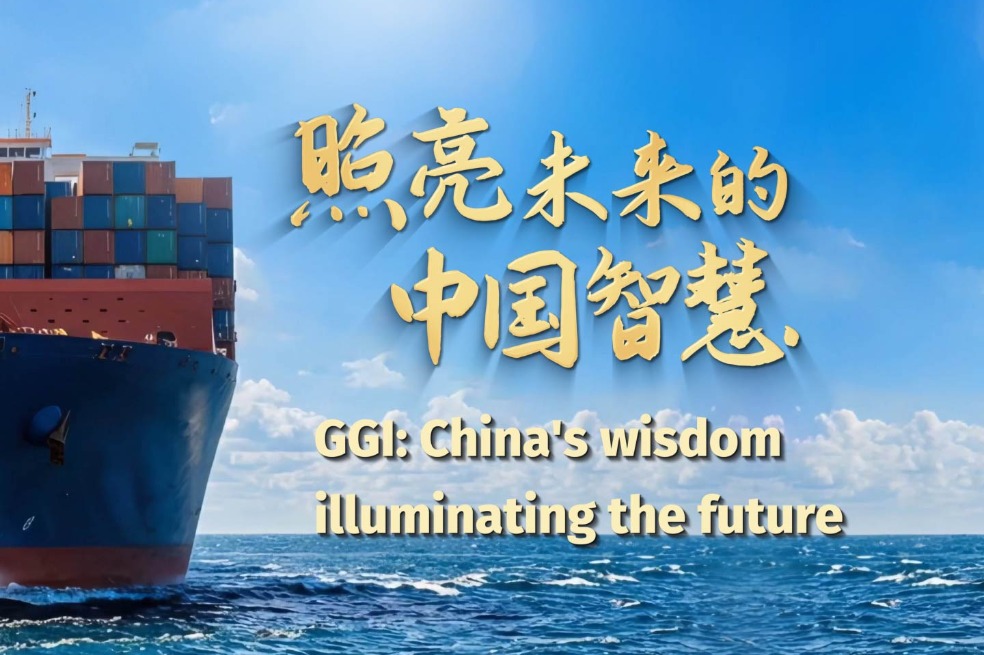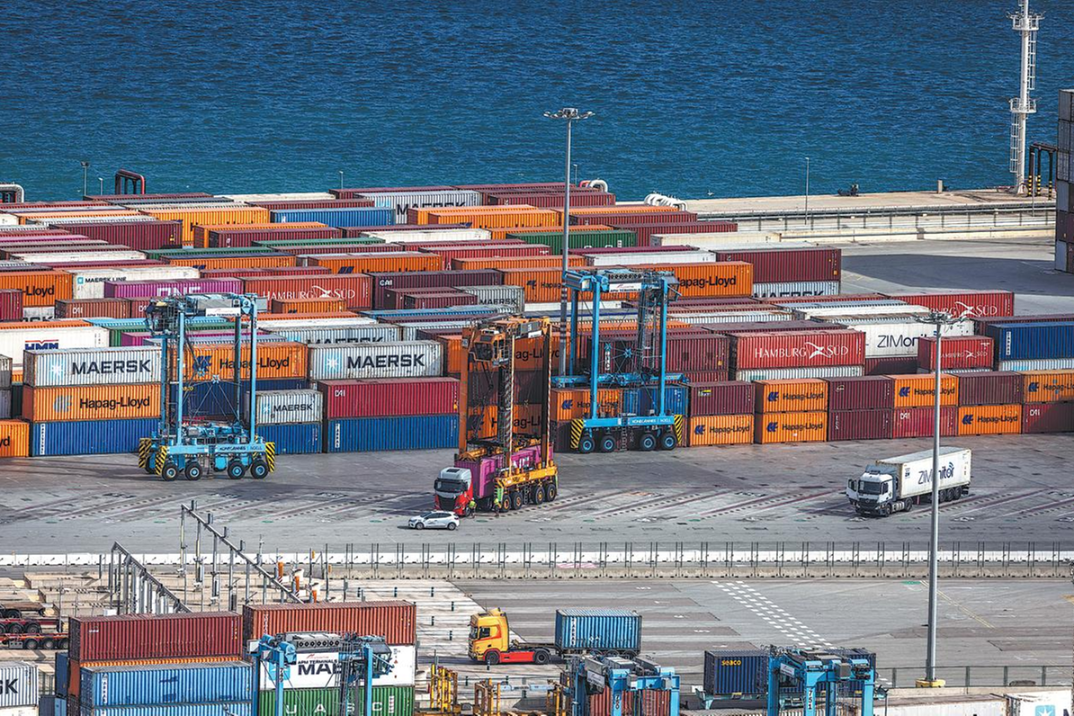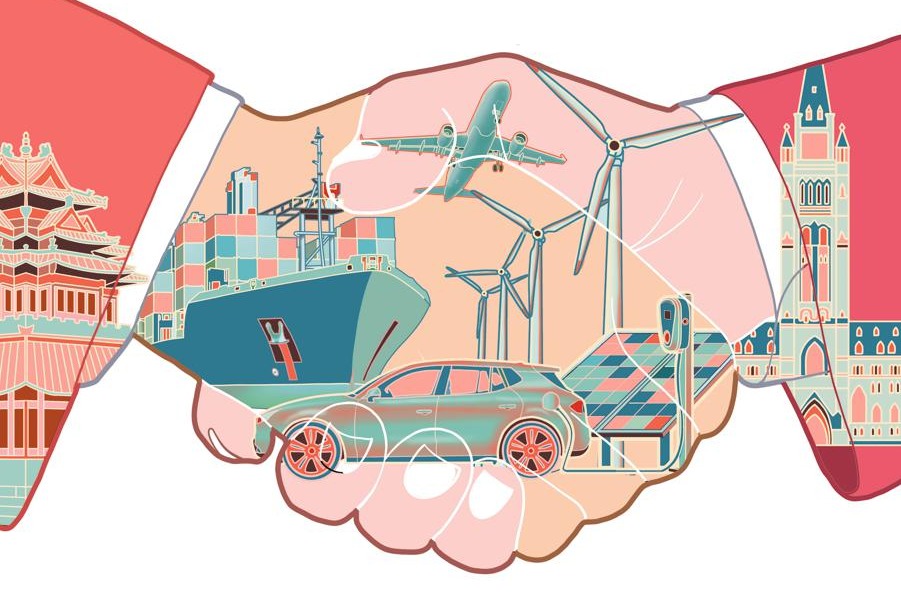From infrastructure to talents
The relevance of the Silk Road educational cooperation lies in the fact that it is promoting education and development of human capital among countries involved in the BRI


The Belt and Route Initiative was launched in 2013 to increase connectivity from China to Europe by constructing infrastructure, such as highways, railways and pipelines, with partner states. After more than a decade, it is developing toward building human resources and providing opportunities for cultivating talents and skills.
The Silk Road educational cooperation is not a new concept because China has a history of being a center of knowledge and civilization. Thus, the Silk Road educational cooperation in the 21st century is a continuation of China's legacy as a center of education, science and innovation.
Notably, China has already been engaging other countries of the Global South by participating in platforms, including the Forum on China-Africa Cooperation and the China-CELAC (Community of Latin American and Caribbean States) Forum. In 2021, Beijing pledged to the China-CELAC Forum cooperation in areas such as green energy, infrastructure and education.
China has been enhancing educational opportunities for other countries of the Global South. For example, China has assisted in building elementary and high schools in Africa, Latin America and Asia. Besides, China has also contributed to upgrading facilities such as libraries in the universities and research centers. In addition, the Silk Road educational cooperation has enabled students from other Global South countries to further their studies in China.
Another interesting fact is that since the launch of the reform and opening-up over four decades ago, China has been making numerous efforts to promote education of its people and those from the Global South countries. Back in 1977, less than 300,000 students were admitted to universities in China, but 40 years later, about 8 million students were enrolled in universities in various courses including engineering, business, agriculture, computer science and medicine. Among these efforts is the Silk Road educational cooperation which has benefited thousands of students within and outside China.
The function of the Silk Road educational cooperation is divided into two. The first is to provide opportunities for students from Belt and Road countries to further their education. This makes it easier for those who qualify but are unable to continue their studies due to financial factors. The Silk Road educational cooperation can provide scholarship assistance in the form of grants or loans.
Second, the Silk Road educational cooperation also creates a network of higher education institutions such as universities, colleges and think tanks with scholars and experts from various fields. The purpose is to share their expertise with people from Belt and Road countries. In addition, the Silk Road educational cooperation can provide research grants in such identified areas as green technology, engineering and agriculture. It enables exchange program activities for faculty members, experts and students.
Implementation of the Silk Road educational cooperation can improve people-to-people communication among Belt and Road countries, including China. The BRI has improved connectivity in terms of transport and infrastructure, and, more importantly, it should also improve social relationships. The Silk Road educational cooperation will enable the BRI to contribute to building human capital in the Belt and Road countries. Financial resources to sponsor Silk Road educational projects do not necessarily come from the Chinese government or the Belt and Road countries; they can also come from large companies such as PetroChina, Tencent and China Construction Bank.
At the same time, it will empower ordinary people, especially the youth, the new generation of leaders. With the experience in Malaysia during the 1980s when the Look East Policy was launched, many young men from Malaysia were given an opportunity to continue their studies in Japan. Now, some of them serve and hold high positions in the government and private sectors. Similarly, the Silk Road educational cooperation can prove to be a channel for people from Belt and Road countries to understand China in a positive way.
The Silk Road educational cooperation aligns with the concept of building a community with a shared future for mankind to deliver win-win outcomes and achieve development for countries involved in the BRI. If carried out perfectly, it will become an effective, brilliant partnership between China and the Belt and Road countries in the 21st century.

The author is an associate professor and deputy executive director of the Asia-Europe Institute at the University of Malaya and a member of the Belt and Road Initiative Caucus for the Asia Pacific. The author contributed this article to China Watch, a think tank powered by China Daily.
Contact the editor at editor@chinawatch.cn.


































